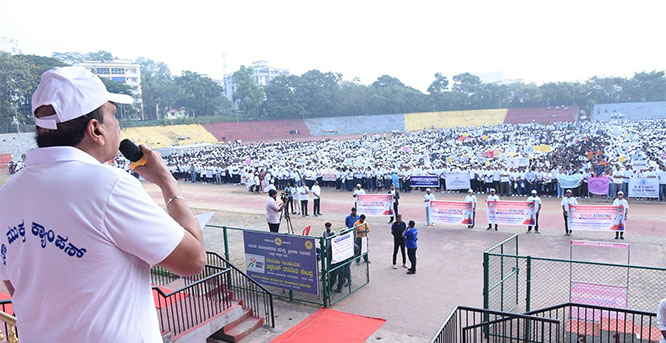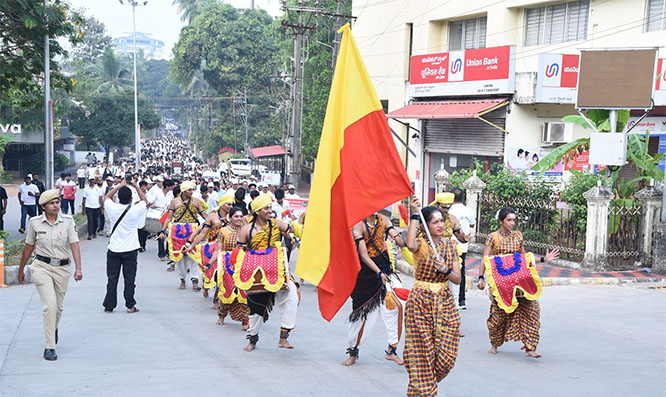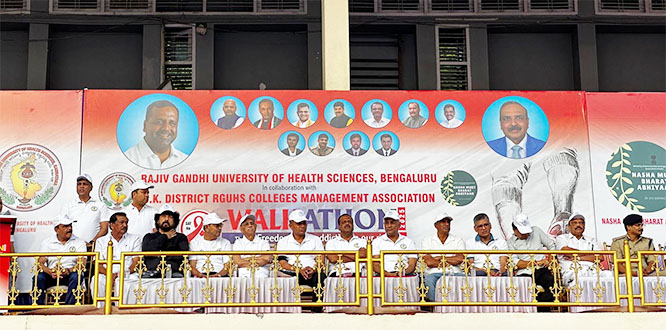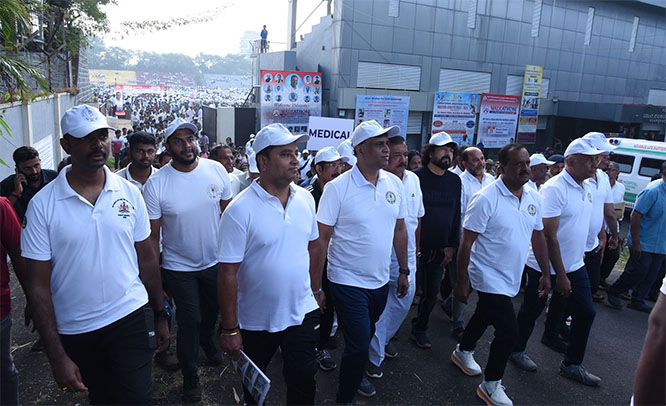Mangaluru, May 11: The Muslim Central Committee of Dakshina Kannada and Udupi has said that mosques in the region will abide by the guidelines of the Supreme Court with regard to the use of loudspeakers for Azaan.
Speaking to media persons in Mangaluru, the committee president K S Mohammed Masood said: “The Supreme Court had issued guidelines for using loudspeakers with prescribed decibel levels from 6 am to 10 pm, which will be adhered to.”
“Azaan is a call to offer prayer at prescribed times of the day and has been followed since the last several centuries. The Muslim Central Committee has directed all the Jamaaths to adhere to the guidelines,” he said.
“As president of the Kudroli Jamiya Masjid, I have directed the Kudroli masjid to completely stop using loudspeakers for the Azaan from Wednesday, May 11, itself," Masood said.
Owing to the controversy created by Sri Rama Sene Chief Pramod Muthalik on playing Suprabhata and bhajans in Hindu places of worship to counter Azaan, the use of loudspeakers in all the places of worship has been restricted now, he alleged.
Condemning Sri Rama Sene Chief Pramod Muthalik for attempting to create communal disturbance in the name of azaan, Mr Masood said the Muslim Central Committee has written to the government through Deputy Commissioner seeking clarification on whether Muthalik is permitted to enter the district as several districts in the state had imposed restrictions on his entry to their respective districts.
Mr Masood said during 'Hindu Samajotsava' in Mangaluru, the Muslim Central Committee had offered juice to the participants while during Allahabad High Court judgement on Ram Janmabhoomi-Babri Masjid in 2019, the VHP, Bajrang Dal, and Muslim Central Committee had resolved to maintain peace and harmony in the wake of the judgement. “We want peace, harmony and brotherhood to prevail in the society,” he said.












Comments
Add new comment